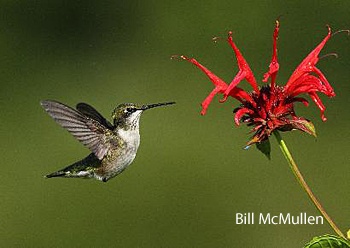We have much more to do and your continued support is needed now more than ever.
Les Misérables: Victor Hugo’s Nature Lesson

Here is an abridged version of Hugo’s text (cuts shown by elisions), with paragraph breaks added for the convenience of the digital format. Perhaps you will share my surprise and pleasure at Hugo’s insight:
“Nothing is truly small, as anyone knows who has peered into the secrets of Nature. . . . Everything works upon everything else. . . .
“The science of mathematics applies to the clouds; the radiance of starlight nourishes the rose; no thinker will dare to say that the scent of hawthorn is valueless to the constellations. Who can predict the course of a molecule? How do we know that the creation of worlds is not determined by the fall of grains of sand? Who can measure the action and counter-action between the infinitely great and the infinitely small, the play of causes in the depths of being, the cataclysms of creation? The cheese-mite has its worth; the smallest is large, and the largest is small; everything balances within the laws of necessity. . . .
“Between living things and objects there is a miraculous relationship; within that inexhaustible compass, from the sun to the grub, there is no room for disdain; each thing needs every other thing. . . . Every bird that flies carries a shred of the infinite in its claws. The process of birth is the shedding of a meteorite or the peck of a hatching swallow on the shell of its egg; it is the coming of an earthworm or a Socrates, both equally important to the scheme of things. Where the telescope ends the microscope begins, and which has the wider vision? You may choose.
“A patch of mould is a galaxy of blossoms; a nebula is an ant heap of stars. . . . In the vast cosmic changes, universal life comes and goes in unknown quantities, borne by the mysterious flow of invisible currents, making use of everything, wasting not a single sleeper’s dream, sowing an animalcule here and shattering a star there . . . . governing, if only by the universality of the law, the evolution of a comet in the heavens by the encircling of infusoria in a drop of water.”
[Victor Hugo, Les Misérables (New York City: Penguin Books, 1982) pp. 764-65.]
You’re Connected Too
To highlight your own connections with nature, you might want to combine gardening and conservation, or turn your outdoor property into an NWF Certified Wildlife Habitat®.





















